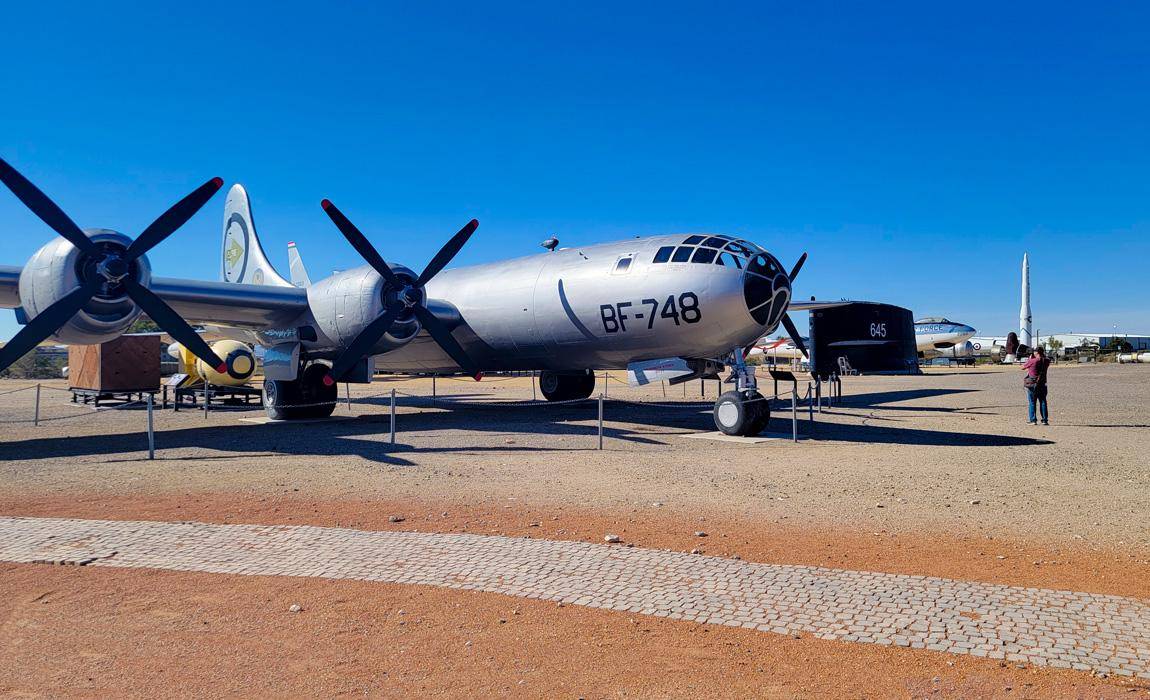If you're looking for an exciting and educational place to visit, The National Museum of Nuclear Science & History in Albuquerque is the perfect destination. This is a must-see for any man who's ever been curious about atomic power, its destructive military uses, and its benefits as a clean source of electricity for our modern society. There are few aspects of science and technology as divisive as atomic power. Still, the museum here does an excellent job of exploring its horrors and what scientists are doing to make it safer for future generations.
The museum is arranged chronologically, with artifacts and displays that tell the story of nuclear science from its earliest days up to the present. There are interactive exhibits that allow visitors to get hands-on experience with nuclear technology and informative videos and lectures that provide a deeper understanding of the subject.
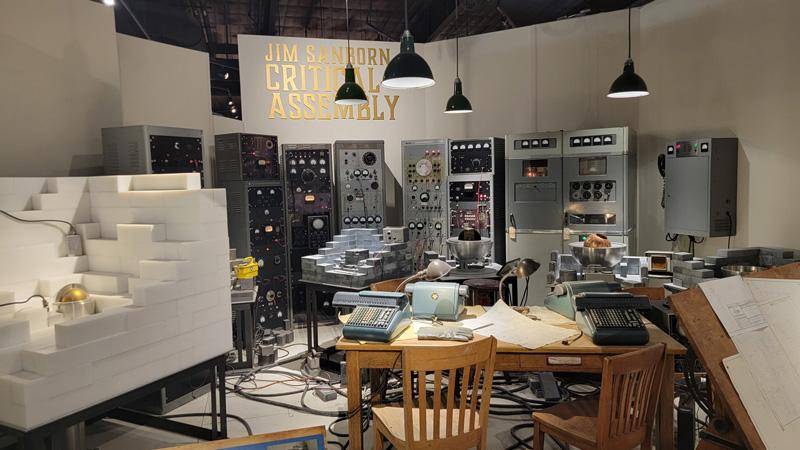
The museum takes visitors on a journey from World War II research to present-day science and technology as they explore its galleries and displays that help visitors interpret different aspects of history including the Manhattan Project, Cold War, and even a look at some of the early pioneers including German scientists that were also in a race to develop the first nuclear bomb.
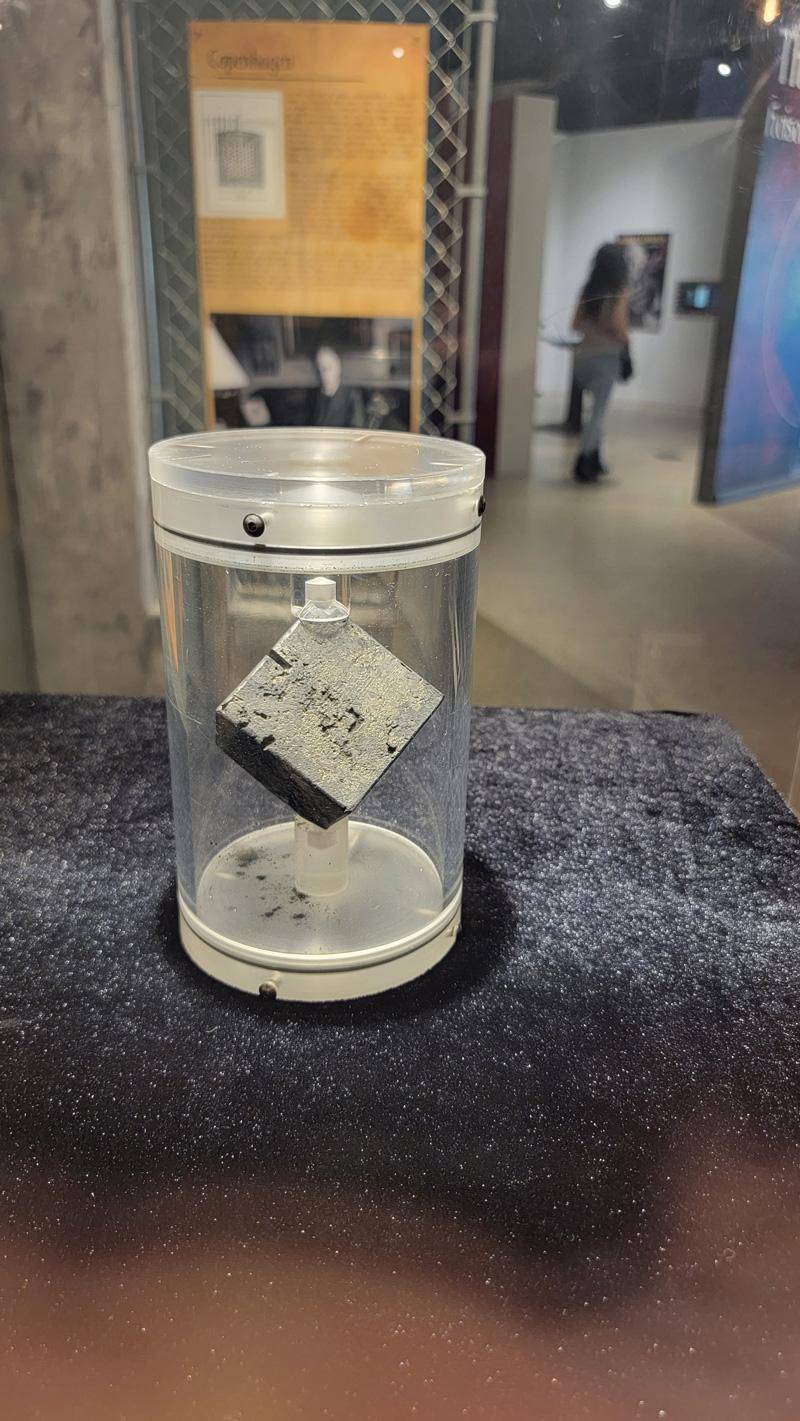
For instance, the item above is a uranium cube that was used in the final nuclear reactor designed by Werner Heisenberg. While it was determined after WWII that the Germans were never close to producing actual nuclear weapons, this fear drove the urgency of the Manhattan Project, lest the Nazis be the first to use this powerful new technology as a weapon.
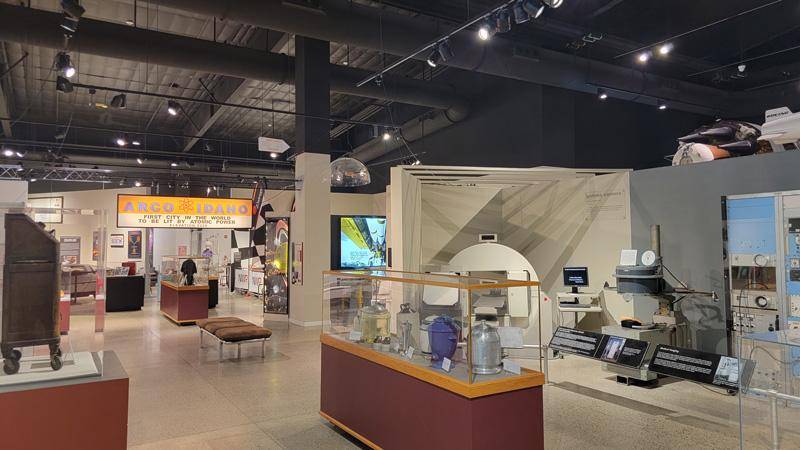
Following the war, civilian scientists looked for other applications of this fantastic discovery to help with medicine and power, while marketers leveraged it for everything from popular culture to novelty items. The museum does a fantastic job of exploring these areas too.
Perhaps one of the most fascinating aspects of the museum though was the area that discussed what's happening with nuclear power plant development and how scientists are making them safer while also working on improved ways to transport and store nuclear waste.
While bombs and military aircraft are sensational, lots of museums have replicas, and most people generally know the story of the Manhattan Project and the bombs we dropped on Japan, as well as the Cold War struggle against the Soviet Union.
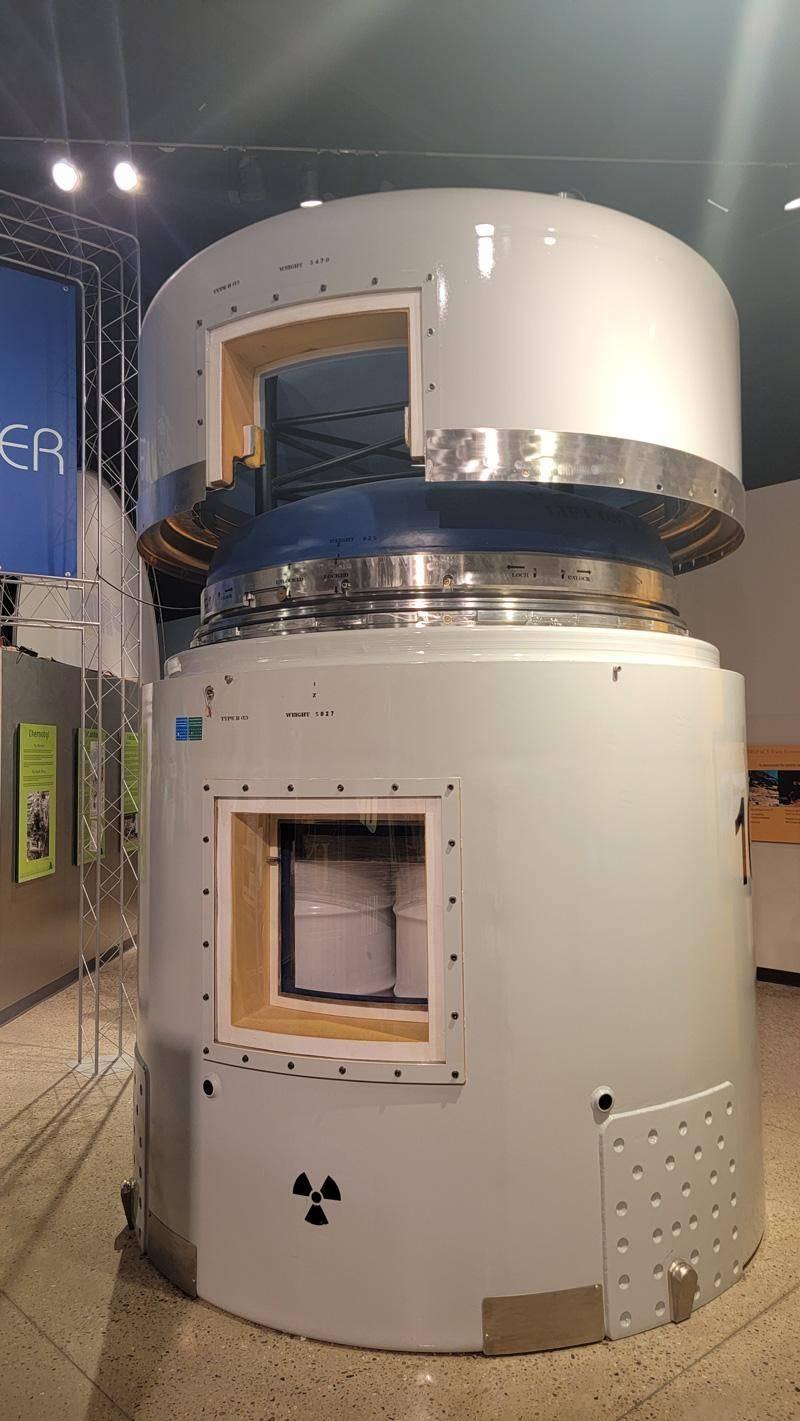
However, few places that you can visit will allow you to walk around a nuclear waste transport vessel and help guests explore the technology that makes these among the safest, most rugged containment vessels available anywhere on earth. While we hear about accidents and many people have an understandable fear of nuclear waste being transported around the country, the Waste Isolation Pilot Plant - the United State's only repository for the disposal of transuranic waste generated by atomic energy defense activities has received 13,000 shipments that were transported safely more than 15 million miles?
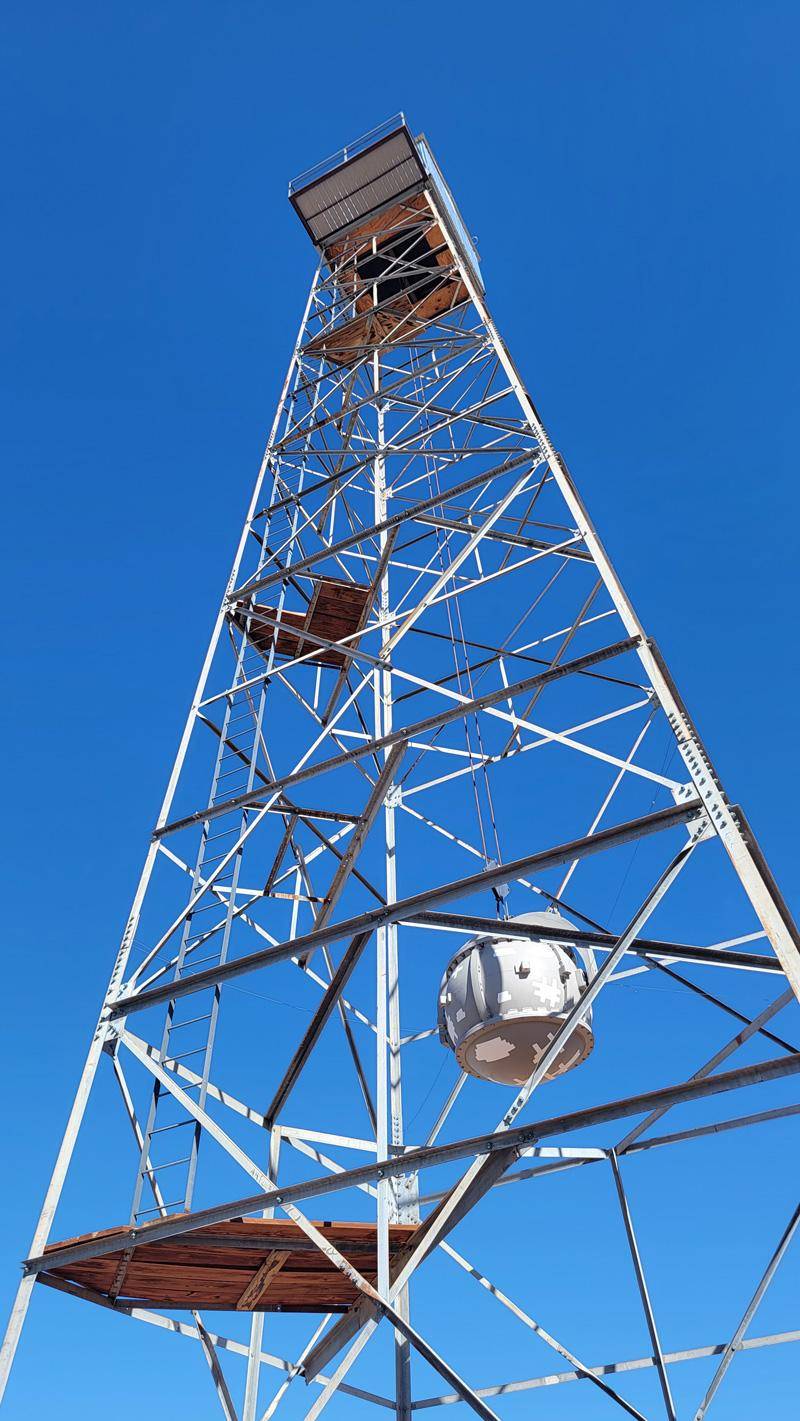
Finally, no visit to the National Museum of Nuclear Science & History would be complete without a stroll through the Heritage Park, a collection of missiles, bombs, aircraft, and even a replica of the tower that held "Gadget" the first nuclear bomb during it's test at the Trinity test site.
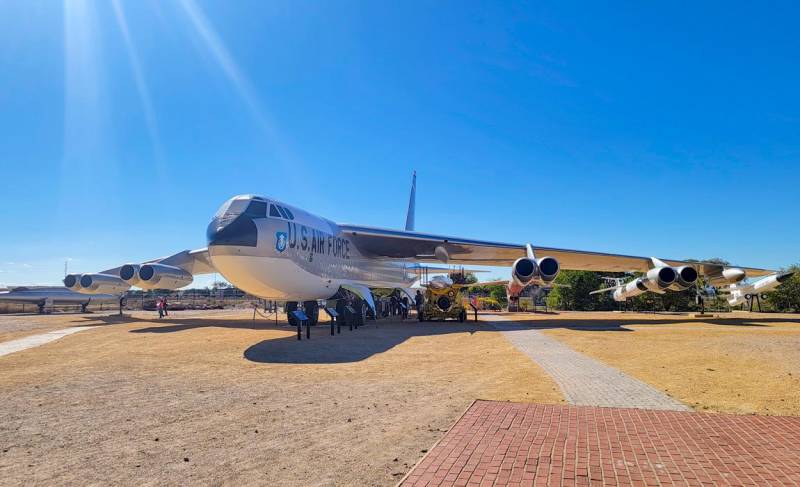
While the massive wings of the B-52B Stratofortress and B-29 Superfortress are difficult to miss, one of the most interesting items here is the 280 MM Atomic Cannon, nicknamed Atomic Annie.
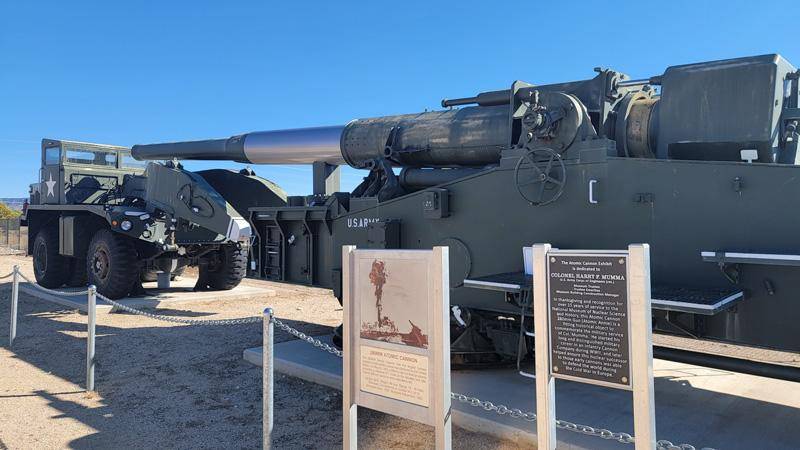
A visit to The National Museum of Nuclear Science & History in Albuquerque, New Mexico, is a must-do for any man visiting the area. This is an opportunity to explore an aspect of history that is frankly not explored well in other museums that I have visited. For instance, there are military history and aviation museums that tend to showcase the incredible technology exhibited my these machines. Other museums that explore this period tend to focus more on the military applications of nuclear science.
Here though, they do an excellent job of exploring both the positive and negative aspects of nuclear power for civilian and military applications and future innovations being developed to make it safer.
